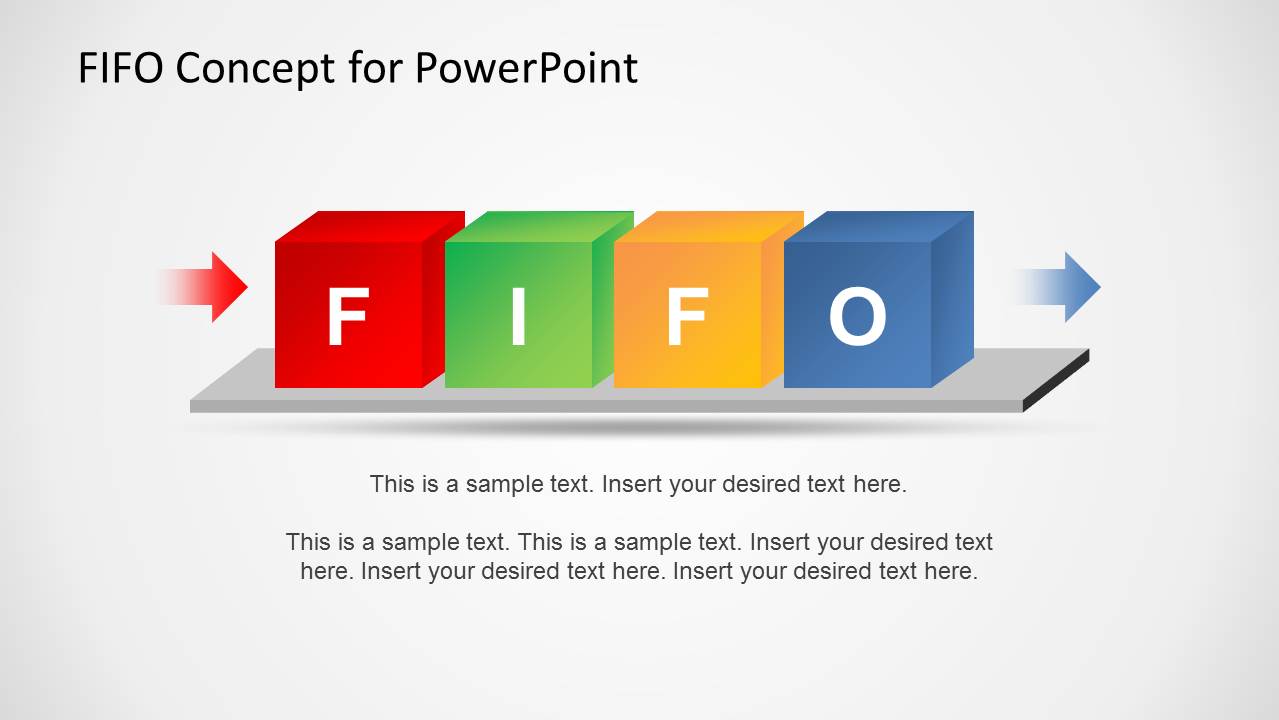
FIFO accounts for this by assuming that the products produced first are the first to be sold or disposed of. FIFO is an inventory valuation method that stands for First In, First Out, where goods acquired or produced first are assumed to be sold first. This means that when a business calculates its cost of goods sold for a given period, it uses the costs from the oldest inventory assets. In addition to impacting how businesses assign value to their remaining inventory, FIFO and LIFO have implications for other aspects of financial reporting. Some key elements include income statements, gross profit, and reporting compliance.
Advantages of FIFO
By aligning inventory costs with current market conditions, companies can better predict cash flow needs and plan for future expenses. Higher net income also means higher retained earnings, which can be reinvested into the business or used to pay down debt, further improving cash flow. But regardless of whether your inventory costs are changing or not, the IRS requires you to choose a method of accounting for inventory that’s consistent year over year. You must use the same method for reporting your inventory across all of your financial statements and your tax return.
- The type of inventory that a business holds can influence its choice of FIFO or LIFO.
- They’re important for calculating the cost of goods sold, the value of remaining inventory, and how those impact gross income, profits, and tax liability.
- In a rising price environment, this has the opposite effect on net income, where it is reduced compared to the FIFO inventory accounting method.
- Because the expenses are usually lower under the FIFO method, net income is higher, resulting in a potentially higher tax liability.
- Manufacturers benefit from FIFO by maintaining a consistent flow of raw materials and finished goods.
Great! The Financial Professional Will Get Back To You Soon.

Inventory is typically considered an asset, so your business will be responsible for calculating the cost of goods sold at the end of every month. With FIFO, when you calculate the ending inventory value, you’re accounting for the natural flow of inventory throughout your supply chain. This is especially important when inflation is increasing because the most recent inventory would likely cost more than the older inventory. In a FIFO system, inflation allows you to sell your items for a higher price compared to what you paid.
Implementing FIFO in Your Business
Using FIFO, the COGS would be $1,100 ($5 per unit for the original 100 units, plus 50 additional units bought for $12) and ending inventory value would be $240 (20 units x $24). Ecommerce merchants can now leverage ShipBob’s WMS (the same one that powers ShipBob’s global fulfillment network) to streamline in-house inventory management and fulfillment. With this level of visibility, you can optimize inventory levels to keep carrying costs at a minimum while avoiding stockouts. If you have items stored in different bins — one with no lot date and one with a lot date — we will always ship the one updated with a lot date first. When you send us a lot item, it will not be sold with other non-lot items, or other lots of the same SKU. ShipBob’s ecommerce fulfillment solutions are designed to make inventory management easier for fast-growing DTC and B2B brands.
How the FIFO inventory valuation method works
Learn more about what types of businesses use FIFO, real-life examples of FIFO, and the relevance of FIFO with frequently asked questions about the american survival guide. Going by the FIFO method, Sal needs to go by the older costs (of acquiring his inventory) first. For example, when you’re unpacking your latest grocery store haul—be intentional and put that new box of crackers or pasta behind the one you bought on your last trip. With LIFO, the purchase price begins with the most recently purchased goods and works backward.
Easy-To-Use Platform
Gross income is calculated by subtracting the cost of goods sold from a company’s revenue for a given period. Therefore, when COGS is lower (as it is under FIFO), a company will report a higher gross income statement. Cost of Goods Sold, or COGS, is the amount of money a business pays to produce the number of goods sold in a given period. The products that are left in the warehouse are called remaining inventory.
The Last-In, First-Out (LIFO) method assumes that the last or moreunit to arrive in inventory is sold first. The older inventory, therefore, is left over at the end of the accounting period. For the 200 loaves sold on Wednesday, the same bakery would assign $1.25 per loaf to COGS, while the remaining $1 loaves would be used to calculate the value of inventory at the end of the period. Along with the best practices, come a series of common mistakes we caution you to avoid. Firstly, ignoring stock rotation can result in older inventory being overlooked.
FIFO is accepted under both International Financial Reporting Standards (IFRS) and Generally Accepted Accounting Principles (GAAP). However, companies must ensure that their implementation of FIFO complies with the specific requirements and disclosures mandated by these standards. Inventory management is a critical aspect of any business that handles physical products. Effective inventory management ensures that a company can meet customer demand without overstocking, which can tie up capital and increase holding costs. There are several methods to value inventory, each with its advantages and implications. The FIFO method, one of the most commonly used, assumes that the oldest inventory items are sold first.